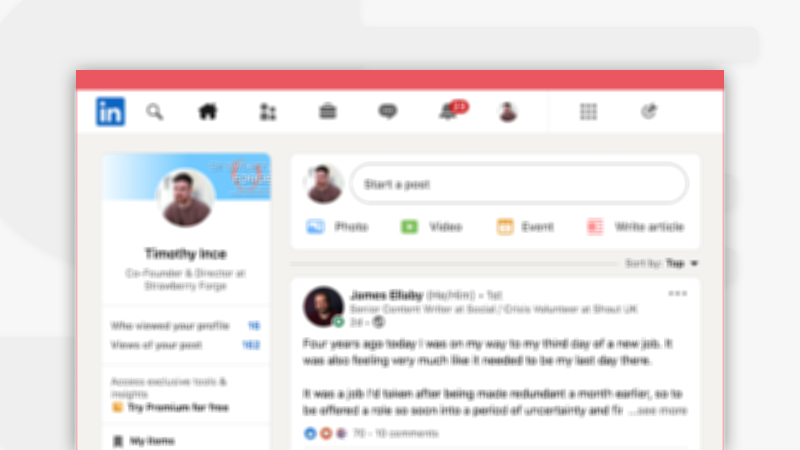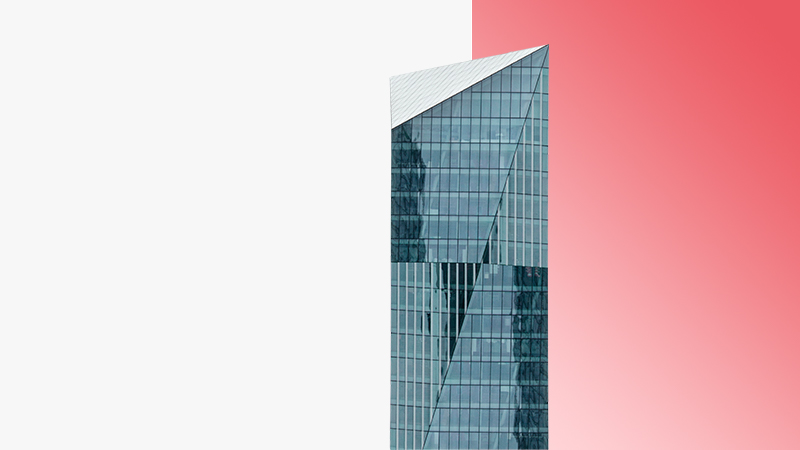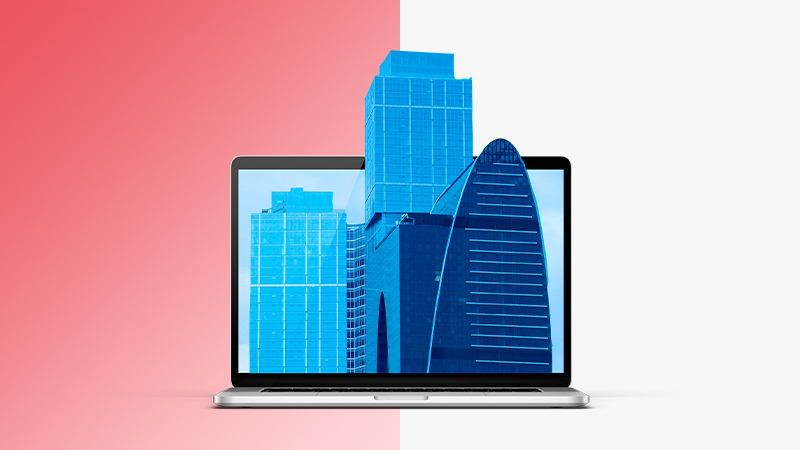The beautiful game plays some role in most of our lives. Whether you’ve had the same seat at your local ground for decades or only start to get excited when the world cup comes around, football is a defining part of Britain’s character.
This is common knowledge, but what is less well-known is the impact it has on the built environments we live in. That led us to ask:
Just how is the beautiful game affecting UK property?
As a digital agency based in Manchester, we didn’t have to look too far when trying to answer this question. So, let’s take a look at the lasting effect football has had on Manchester.
A Tale of Two Teams
Since the turn of the millennium, Central Manchester has been growing at an impressive rate. New blocks like The Edge and Spectrum where being built on the border with Salford, while Castlefield was also enjoying significant development in the form of Urban Splash’s Moho, Timber Wharf and The Box Works buildings.
This may seem like standard fare for a city that would go onto become one of the investment capitals of Europe, but it is what was happening outside the centre that’s most impressive.
Across the Southern Gateway, demand for property along the A56 was growing. Why? Well, because this growth was migrating towards Old Trafford, the home of Manchester United.
With the Red Devils enjoying so much success, the media spotlight was well and truly fixed on them. As such, the buzz around property in the area was growing. At the same time, Salford Quays also boomed with new groundbreaking NV Buildings, Fortis Quay and Abito residential developments.
Queue the financial earthquake and crash of 2008. Development slowed and so did the growth of Manchester out towards Salford. However, while the economic crash may have made it feel like the property market in Manchester was on fire, a phoenix would rise from the ashes.
But not a red phoenix, a blue phoenix… or a phoenix in a blue top… Okay, this metaphor is starting to get a little stretched. Let’s just talk about Man City.
While most of the talk in 2008 was about money troubles, Shiekh Mansour wasn’t afraid to spend big. His Abu Dhabi Group took control of Manchester City Football Club and the then-named Commonwealth Stadium.
Following a £400m sponsorship deal with Etihad Airways, the area underwent a huge rejuvenation project. This included the usual football focused items, such as a state of the art training ground, along with areas the entire community could use, like the fan village.
Most importantly, the club sponsored new Metrolink infrastructure, making the stadium more accessible than ever.
Just as Manchester United attracted greater development, the growing success of City combined with the new Metrolink made the area a prime location for property development and investment. After all, quick access to the city centre is always going to see a rise in the demand for residential property.
The epicentre of this growth was, in my view, in the areas of New Islington, the newly formed New Cross, Angel Gardens, NOMA and of course, Ancoats.
But these are not the only areas still benefitting from the team. Currently, the area around New Cross is littered with cranes, with former industrial buildings being rejuvenated. All of which has led to the area being named ‘the worlds first industrial suburb’.
From 2016 the southern edge of Manchester has seen the return of growth as part of the Great Jackson Street Framework. Deansgate Square formerly known as Owen Street features the biggest change to Manchester’s skyline of modern times. Its South Tower stands at 201 metres high surpassing the previous tallest building in Manchester; Beetham Tower which stands at 169 metres.
So, What Does This Mean?
For me, Manchester is a tale of two rival football clubs. You could even call it a tale of two growth spurts.
Both football institutions have had a significant effect on Manchester’s property scene during their reign at the top, but who knows which area will enjoy the most development next? Will the City Centre continue to envelop the Etihad Campus? Will the planned addition of Metrolink transport to the Trafford Centre kickstart more growth?
Is Manchester unique?
Well, maybe not. Over the pond: Major League Soccer (MLS) is having a great time with its newest proposed franchise club: Internacional de Futbol Miami.
Known as ‘Inter Miami’, the club is backed by David Beckham, formerly of the Manchester United’s Class of 92, and currently planning a new stadium. These plans include a shopping complex, 750 room hotel, 23 acres of football fields in addition to the stadium and even a public park.
Downtown Miami is already host to a variety of successful clubs, including basketball team, Miami Heat, and baseball team, Miami Marlins. These teams have already driven property demand in the area, but with more and more Americans tuning into (sigh) “soccer”, the new kid on the block is likely to have a huge impact on the property market.
Of course, if Inter Miami’s stadium plans fall through, they can always play on Beckham’s personal pitch that he bought to play on with his kids… for $46 million.
It certainly cost enough.







